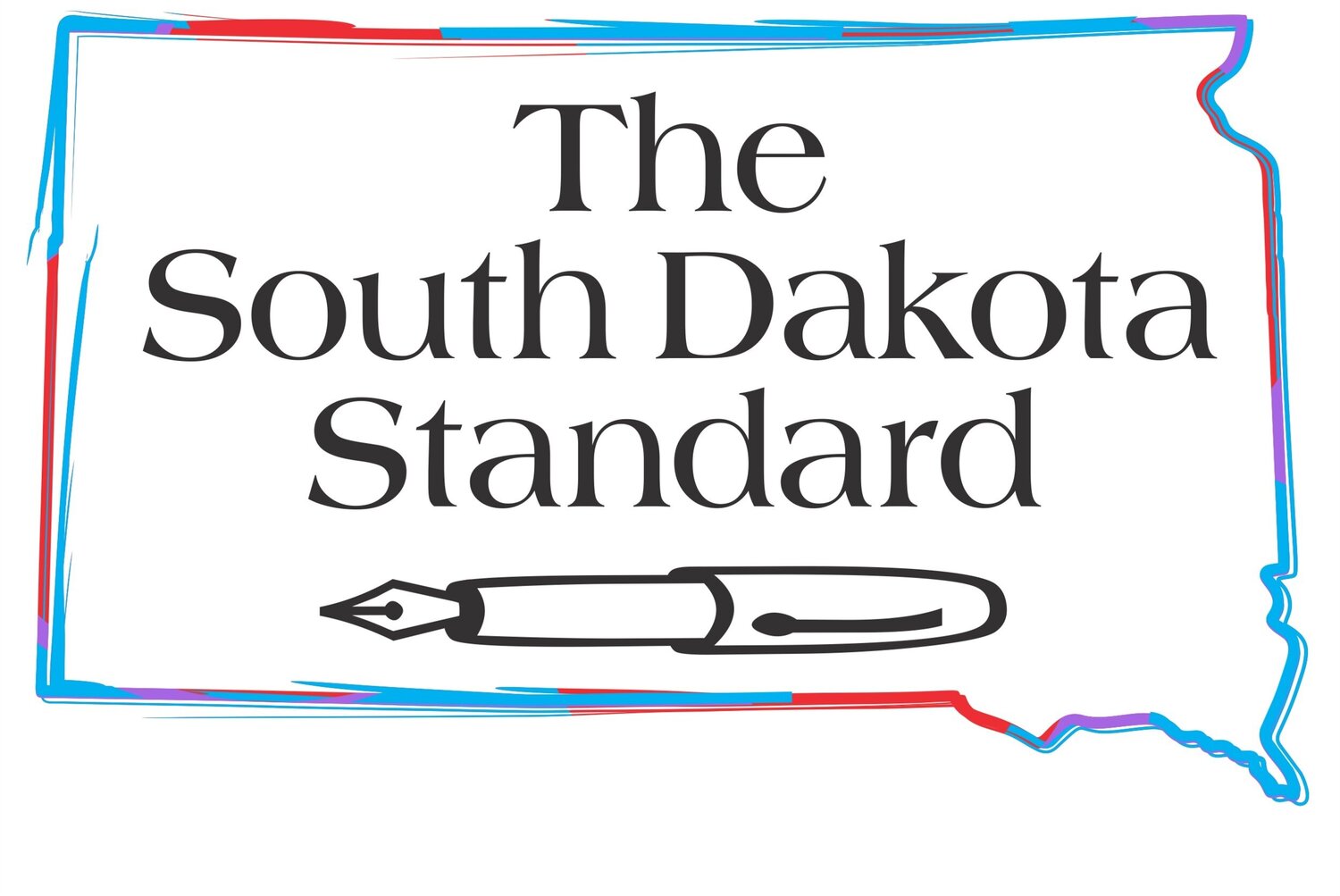Soybean and corn farmers need some resolution on the China tariff situation or prices could drop 20% say ag experts
The ag media in recent days have been buzzing with the outlook for soybean and corn markets in this era of Trump-created uncertainties, particularly when it comes to the way things have been going in the on-again, off-again tariff standoff with China.
Unfortunately for producers, the news doesn’t look favorable for prices as the summer wears on and this year’s crop starts coming around.
The gist of the analysis is that only a return to pre-tariff war trade levels will keep the markets from falling off a cliff by as much as 20%. Reuters, reporting on talks at the GrainComconference in Geneva, Switzerland, a week ago writes that even the temporary reduction of Chinese duties (from 145% to 10%, according to the Reuters piece) during the “truce” period we’re in now, are still too high for American soybeans to remain competitive.
Citing AgResource president Dan Basse, Reuters writes that overall soybean exports could fall to 1.5 billion bushels from an originally estimated 1.9 billion. Corn could see a 13% drop to 2.4 billion bushels.
How does that translate into market prices? Basse said Chicago soybeans could go to $9/bushel from their current $10.67, while Chicago corn could go to $3.70 from its current $4.63.
These prices are plain awful. They aren’t much higher than the were When I was actively brokering and trading futures and options, both in Chicago and Rapid City, back in the ‘90s. It gets even uglier after adjusting for inflation. Soybeans should be trading at $14/bushel to match their 1995 price of $7/bushel.
We had a price collapse during Trump’s ill-fated tariff war during his first administration, causing the president to make billions of dollars of “mitigation” payouts to farmers who were on the verge of going broke.
I’m guessing a similar scenario will materialize if a price disaster occurs during the current standoff with China.
I’m all for helping American farmers who get into a financial jam due to market uncertainties they can’t control.
The problem is, the situation has created a permanent structural change in world grain trading.
How’s that? Since Trump’s first trade war, China in recent years has diversified its purchases of grain and no longer relies heavily on the United States for grain imports. The current Trump-induced tariff showdown only reinforces the strategically correct decision that China made during Trump 1.0, leaving American producers holding a bag and languishing in markets that can’t budge thanks to world trading uncertainties.
Trump’s rash decision to open up the trade battles again is leaving casualties in its wake. American grain farmers could be among them.
John Tsitrian is a businessman and writer from the Black Hills. He was a weekly columnist for the Rapid City Journal for 20 years. His articles and commentary have also appeared in The Los Angeles Times, The Denver Post and The Omaha World-Herald. Tsitrian served in the Marines for three years (1966-69), including a 13-month tour of duty as a radioman in Vietnam. Republish with permission.
Photo: public domain, wikimedia commons
The South Dakota Standard is offered freely and is supported by our readers. We have no political or commercial sponsorship. If you'd like to help us continue our mission to advance independent political and social commentary, you can do so by clicking on the "Donate" button that's on the sidebar to your right.







